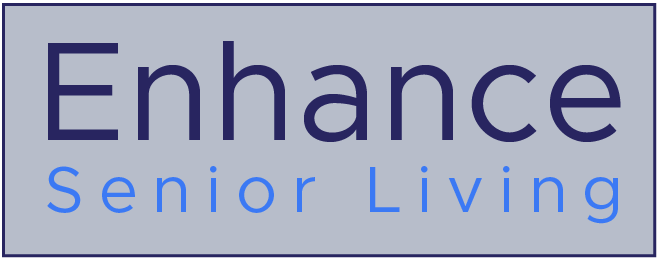Memory Care Investment | Part 2
In the first segment of this two-part series, I discussed a brief history of the memory care product, as well as a summary of the programming and design benefits compared to traditional assisted living or a secured memory car wing. I also summarized a proforma analysis demonstrating how the yield-to-cost and total annualized return (IRR) is artificially high compared to other senior living product types. This inflated yield, along with decreased development timing and costs, spurred stand-along memory care development across the United States. However, even with the higher potential yields, is stand-alone memory care a good investment? In this article, I’ll dig deeper into the investment risks and mitigating factors to consider before investing in stand-alone memory care.
One of the biggest misconceptions’ investors have regarding stand-alone memory care, is that it leases-up and maintains a stabilized occupancy like other senior living products. This is further from the truth. Memory care is the most immediate and need-based product in senior living, and the decision to move a loved one into memory care is made decisively and quickly. So, it’s difficult to maintain pre-opening and/or operating waiting lists like other senior living communities.
Additionally, the memory care average length-of-stay is shorter than other senior living options (especially during flu season), which means it’s crucial to maintain a steady supply of new residents. However, stand-alone memory care is at a disadvantage here, as it does not have a supply of in-house residents, like communities offering a full continuum-of-care. The number of units/beds is also lower in stand-alone memory care, which elevates the risk of not covering debt service and/or fixed charges when there are a large number of discharges in a given month (and no waiting list). Stand-alone memory care is the only product type I’ve seen that can have dramatic downward shifts in occupancy in a single month.
So, these are all real risks to consider before investing in stand-alone memory care, but are there any ways investors can mitigate these risks? The simple answer is yes – with a strong, experienced operator. A strong stand-alone memory care operator will have ample experience marketing the niche design and specialized programming as key advantages to traditional senior living communities.
Also, a good stand-alone memory care operator’s marketing program should focus on several key referral sources (Alzheimer’s Association, home healthcare agencies, local doctor groups, hospitals, etc.), and not need to rely on broader marketing strategies and in-house resident sources. A strong operator should also always have a daily pulse on occupancy and financials and be able to adjust the staffing and expenses immediately, if needed.
The investor/operator should also be willing to continually invest in the community, as flooring and furniture wear-and-tear is high, and new wandering management and cognitive improvement technology is always being created and introduced to maintain a competitive advantage in the market.
Okay, so I presented many risks, as well as some mitigating factors, but is stand-alone memory care a good investment? Personally, I would be very cautious on investing in any new stand-alone memory care development, or stand-alone memory care with a short operating history. I would also spend a lot of time understanding and underwriting the operator’s experience, senior and local management team, risk management procedures, focused marketing strategies, regional impact, and long-term vision. Of course, market, location, design, competition and reputation are always huge factors to consider before any senior living investment decision.
I would also underwrite a very conservative stabilized occupancy, lower market rates (for likely concessions), and large annual capital expenditures. I wouldn’t base my pricing on a year one NOI to market cap rate methodology, but would factor in a variable discounted cash flow analysis (considering operating swings and annual capital expenditures) along with a pricing comparison to replacement cost (for new competition). Overall, stand-alone memory care product is here to stay, but utilizing conservative underwriting and pricing models will help make sure your senior living investment is a success.

Leave a Reply
You must be logged in to post a comment.